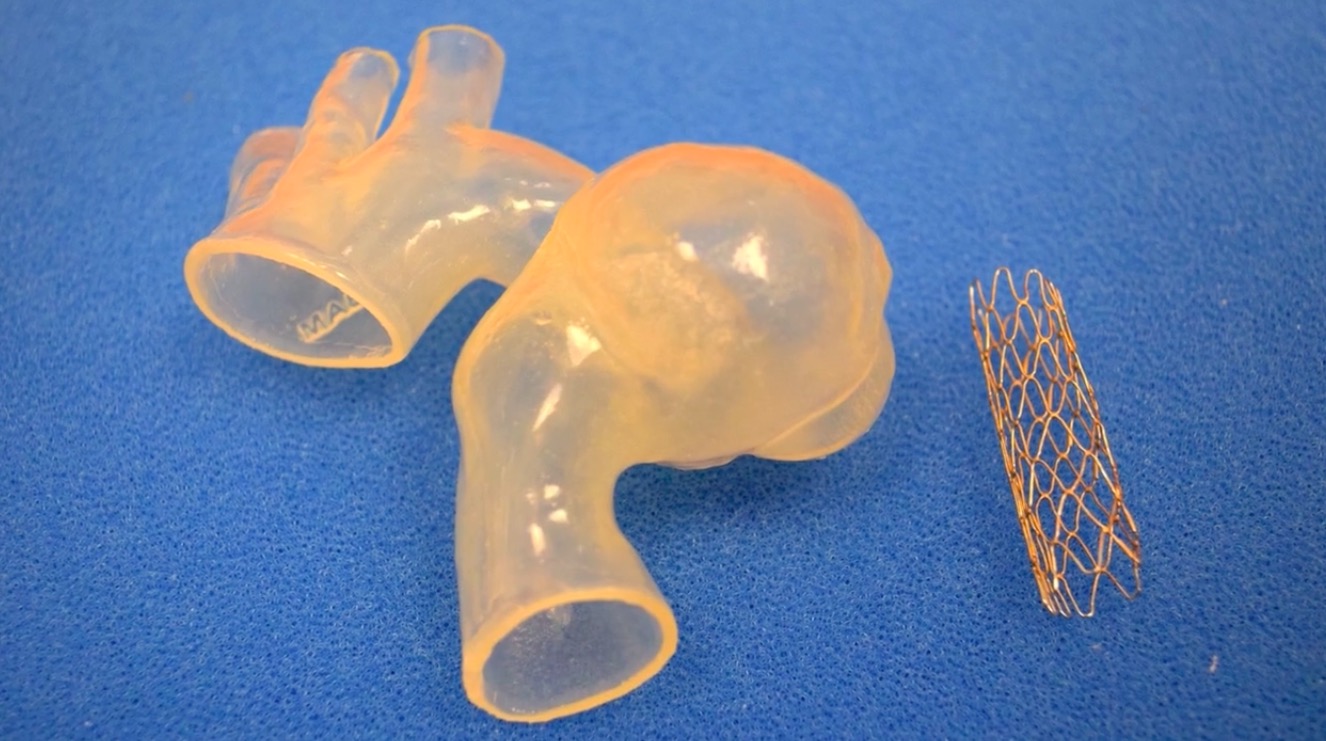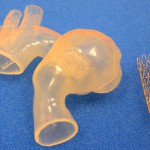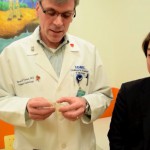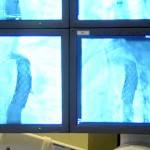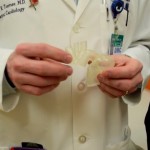We would like to share yet another story with you of how important the option of 3D printed surgical models has become to save the lives of patients with complex conditions.
The 3D printing service provider and software developer company Materialise seems to be on the forefront when it comes to integrating 3D printing technology into the medical sector. Using their HearPrint service, doctors can order patient specific, 3D printed models of organs in order to better visualise the situation and prepare for surgery. Based on the patient’s CT scan, Materialise creates a 3D model with its Mimics Innovation Suite software, which is then 3D printed.
17-year-old Ariana Smith became the first patient at the Children’s Hospital of Michigan to benefit from this technology. When the teenager had been diagnosed with a complicated aortic aneurysm, doctors immediately became aware of the complexity of the situation:
“Ariana’s condition was extensively discussed with our pediatric cardiovascular surgeons and cardiologists in order to provide the best treatment and outcome. Surgical therapy was a high-risk operation for her age and anatomy which could lead to possible complications with her aorta,” said cardiologist Daisuke Kobayashi, M.D.
The team of cardiologists, including Dr. Daniel Turner, decided to turn to Materialise’s HeartPrint service not only to visualise the problem but also to actually plan the procedure:
“Using the 3D printed model of Ariana’s aorta, we performed a ‘practice-run’ or simulation in the cath lab, where we actually placed a stent into the model. This allowed us to precisely plan the procedure and see how the stent responded in her unique and tortuous anatomy. Then, when we performed Ariana’s actual procedure, we had a good idea of how it was going to go,” Turner said.
Cases like this would normally require a surgical procedure with higher risk and a longer stay in the hospital. With the treatment in the catheterisation lab, Ariana was able to go home the day following the stent treatment.
“We anticipate that Ariana will not require surgery to treat this condition. Dr. Kobayashi will follow her closely in the office. Most importantly, this experience will allow us to treat future patients more safely with the use of 3D printing technology. This is only the beginning,” Dr. Turner says.
Watch to video below to see how Dr. Turner and Dr. Kobayashi explain the process:
Subscribe to our Newsletter
3DPresso is a weekly newsletter that links to the most exciting global stories from the 3D printing and additive manufacturing industry.


